Cities across Texas are dumping wastewater in our rivers and the effects are obvious.
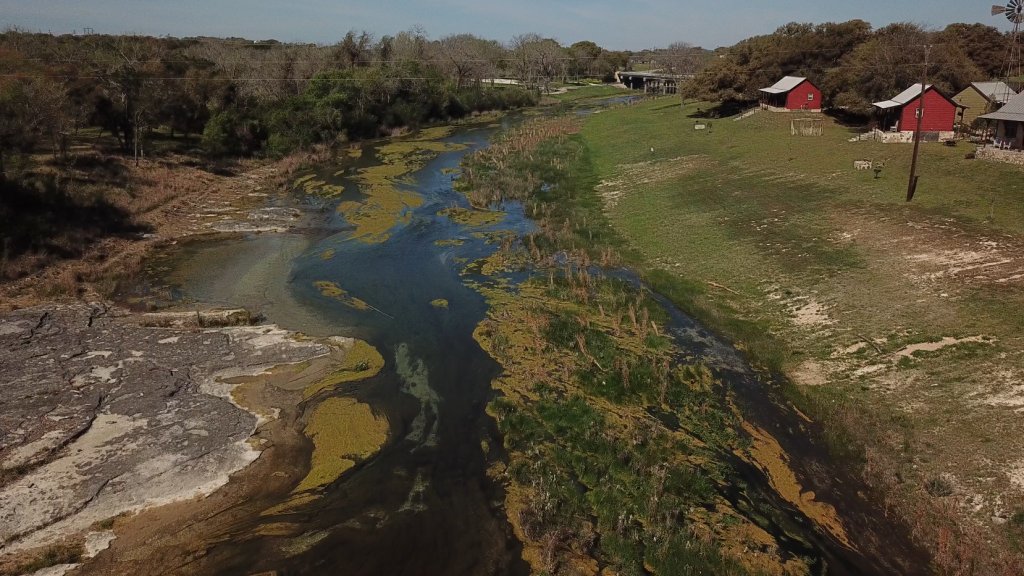
In 2018, the City of Blanco requested a permit from TCEQ to discharge 1.6 million gallons of treated wastewater daily into the Blanco River. If approved by the Texas Commission on Environmental Quality (TCEQ), this would be a 7 fold increase from their current discharge permit.
Residents and local groups, such as Protect Our Blanco and No Dumping Sewage, have major concerns about the new permit request and the impact the increased nutrient load will have on the Blanco River. While discharging into rivers and streams may come as a surprise to many, the City of Blanco is not alone in their request to dump effluent into local bodies of water.
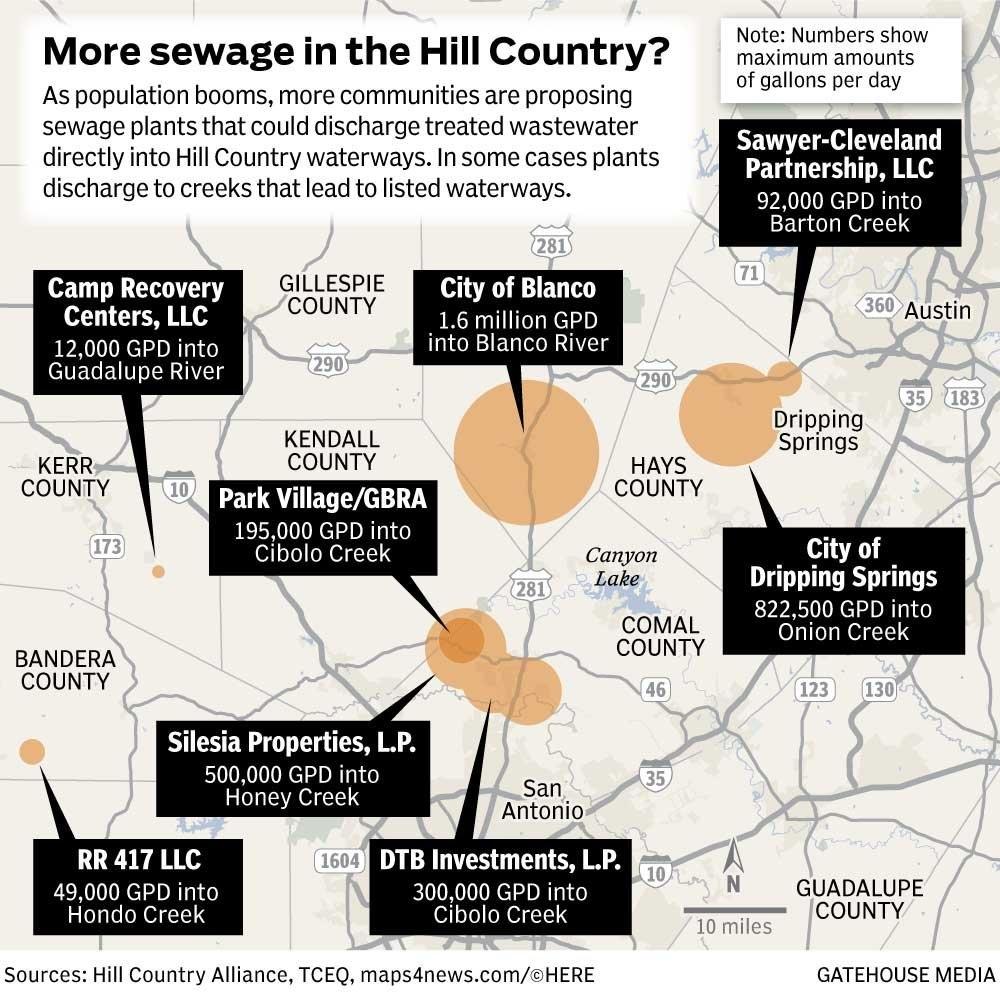
2,583 wastewater treatment plants across the state have permission to dump treated wastewater into our waterways.
According to the Environmental Protection Agency (EPA) and TCEQ, wastewater discharge permits “will generally specify an acceptable level of a pollutant” like fecal coliform, ammonia and nitrates. However, wastewater treatment plants cannot remove antibiotics nor can they filter out household chemicals or other contaminants that flow into storm sewers. In the Texas Hill Country, our rivers and streams are extremely sensitive to any changes in the water chemistry.
This information has been known for some time. In 2005, the US Geological Survey, in cooperation with the TCEQ, evaluated nutrient and biological conditions in 15 small streams in the Hill Country. Streams that did not receive wastewater effluent had relatively low nutrient concentrations. Streams receiving wastewater effluent had relatively high nutrient concentrations and were classified as eutrophic, having very little oxygen, resulting in the loss of fish populations and an increase in algal blooms.
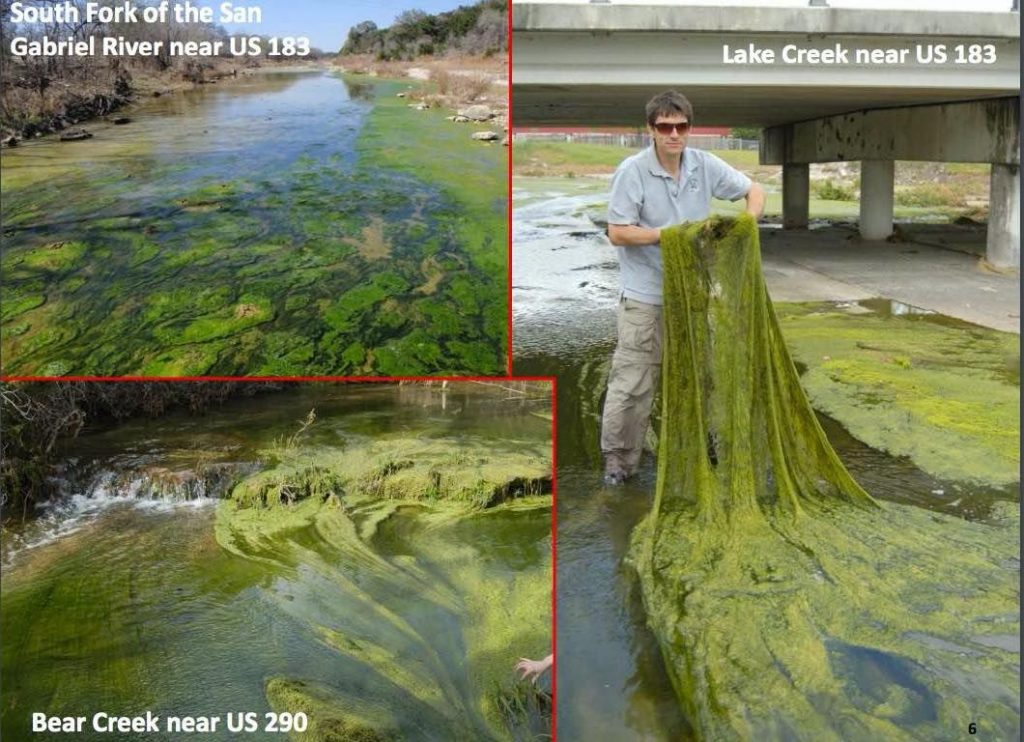
Many agencies subscribe to the idea that discharging effluent during times of drought can help to increase flows in our rivers and streams, thus ensuring that there is enough water for everyone downstream.
However, due to the geology of Central Texas, this is actually an ill-advised practice. Many of our rivers and streams have rocky, limestone bottoms which makes them more susceptible to nutrient overloads and algae overgrowth.
Dr. Chris Herrington, an environmental officer with the City of Austin since 1996, uses computer models to more closely analyze the effect of nutrients on Hill Country creeks.
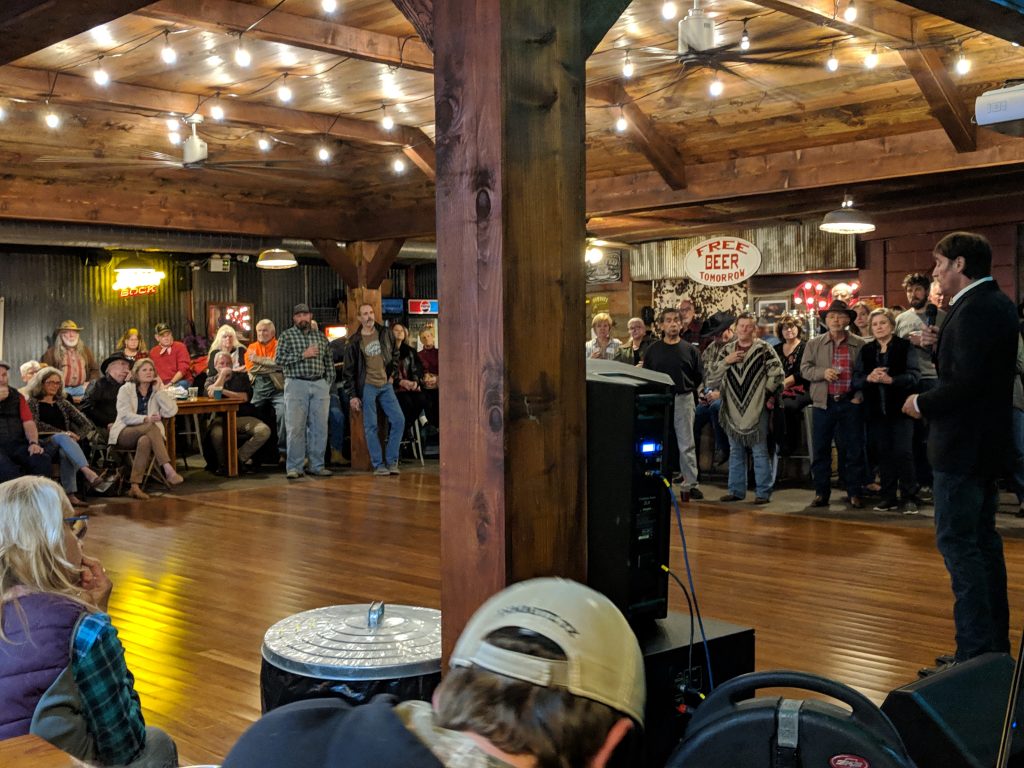
“In the Hill Country, streams’ flows change dramatically throughout the year, generally from floods in late spring and early summer to running dry in late summer and early fall. Because of their rocky bottoms and the crystal-clear water that feeds them from underground springs, streams are extremely vulnerable to nutrients,” Herrington said. This can cause immense algae growths like the examples pictured below.
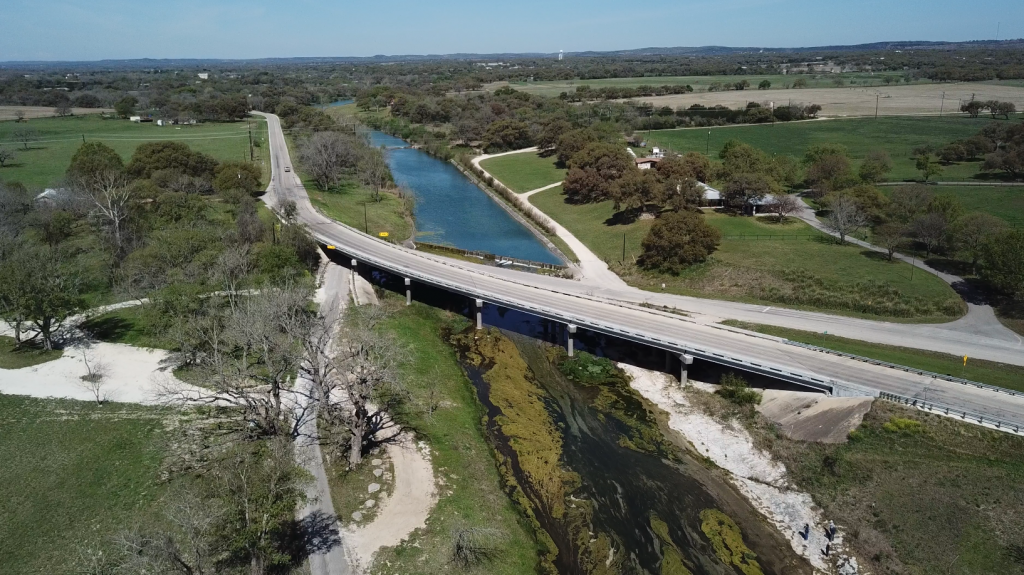
The City of Blanco began discharging within the limits of their current permit at the beginning of this year and the effects are immediately obvious. This is a glaring example of why the TCEQ should deny their permit to discharge 7 times this amount into the Blanco River. Texas can do better. We take pride in our artesian rivers, lets take care of them. The long term benefits of being bold are many and they outweigh the costs of being “convenient.”
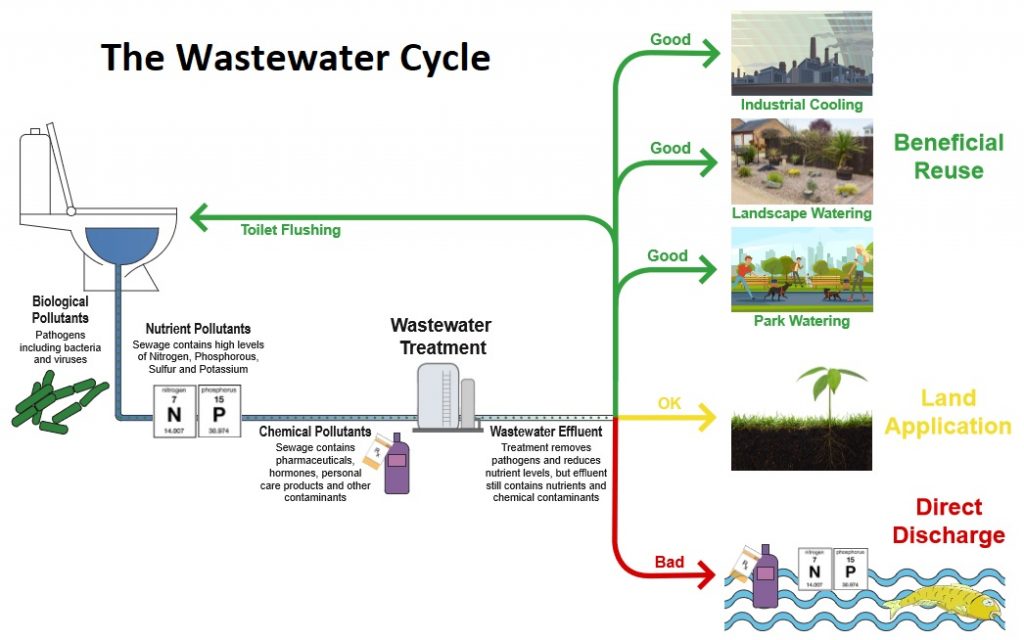
As advocates for healthy watersheds, WVWA and our regional conservation partners believe that there are better, affordable alternatives to direct discharge in the Hill Country. Through beneficial reuse, decentralized technologies, small scale solutions, and land application, we can ensure that our Hill country rivers and streams remain pristine and healthy.
Call to Action
Signing both of the petitions below takes less than 2 minutes. Please take a moment help us let our cities know that dumping effluent in our water is not acceptable.
Additional Resources
The Wimberley Valley Watershed Association collaborated with the Meadows Center for Water and the Environment at Texas State University, Save Barton Creek Association, and Community Environmental Services to develop the report “Preferred Wastewater Systems for the Texas Hill Country and Over the Edwards Aquifer: Economic and Environmental Considerations”.
It was developed to present key considerations for choosing individual on-site, clustered and non-discharging centralized wastewater systems to help engineers, developers and decision-makers choose the appropriate scale of the system. It also provides preferred system attributes and case studies for each of the service system categories.
USGS in collaboration with TCEQ developed the “Nutrient and Biological Conditions of Selected Small Streams in the Edwards Plateau, Central Texas, and Implications for Development of Nutrient Criteria” in 2005-2006.